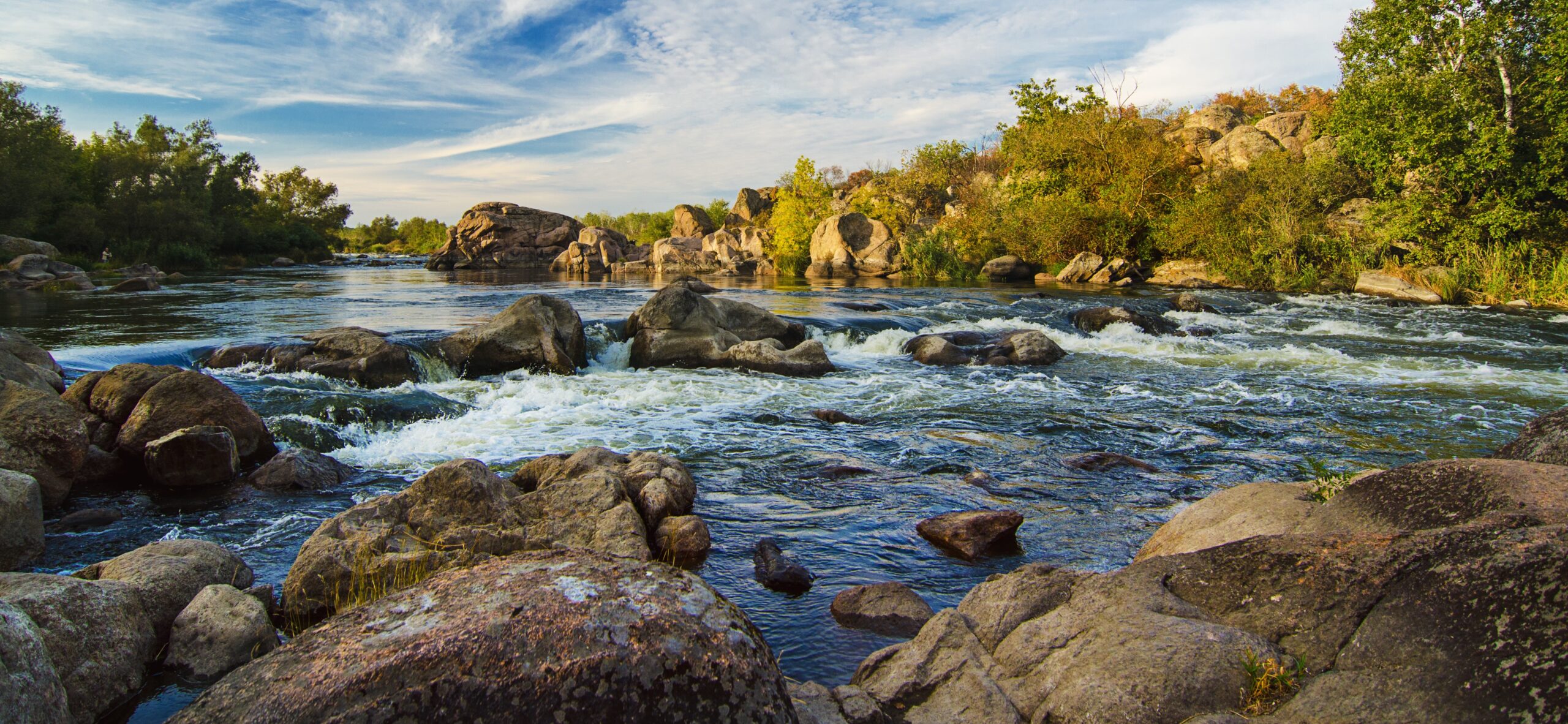Fact Sheet
Pollinators Fact Sheet
June 24, 2022

Pollinators are declining rapidly due to a number of factors, including loss of habitat, loss of forage, and pesticides. Many states have enacted or are considering legislation to acquire, restore and/or protect pollinator habitat, as well as to restrict the application of pesticides and other chemicals that are harmful to pollinators. Below are a few of the policy options available to states. All bills listed below have passed unless stated otherwise.

Your donation funds the fight for equitable actions that protect the environment and our health.
Donate